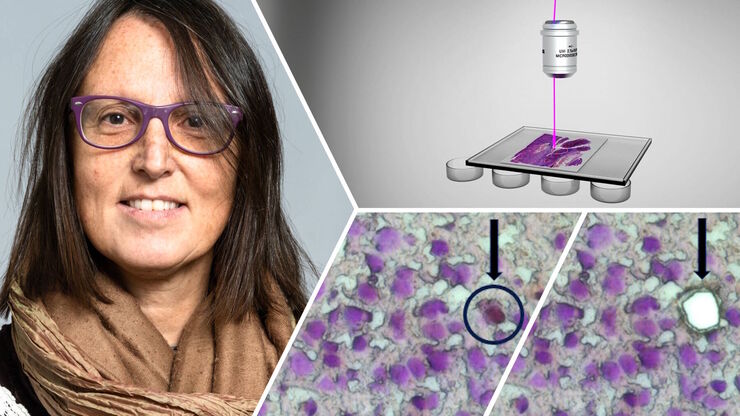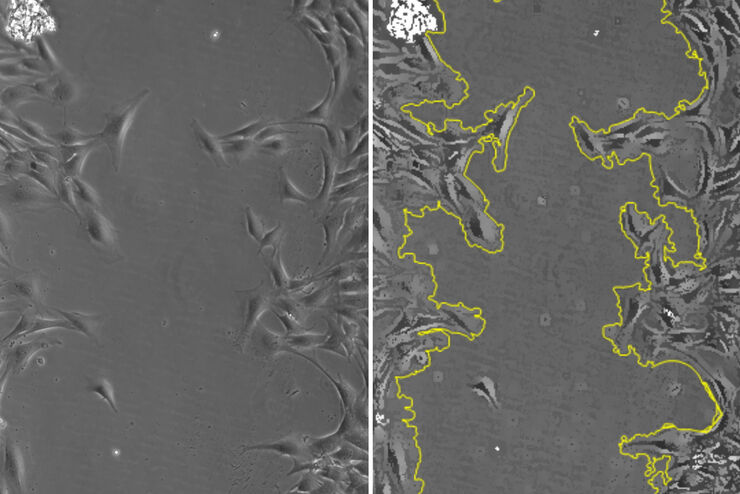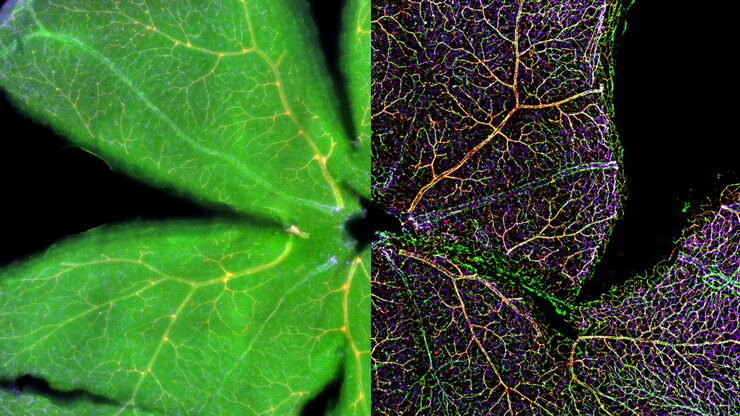James M. Marr , Ph.D.

James ist seit 2019 bei Leica Microsystems als Advanced-Workflow-Spezialist für die Widefield-Produktlinie von Leica tätig. Während seiner Zeit am National Institute of Standards and Technology (NIST) nutzte James die fortschrittliche Mikroskopie, um robuste Anwendungen zu entwickeln und einzusetzen, darunter: automatisierte Partikelidentifizierung und -extraktion, Widefield-Lebensdauermessungen und superauflösende Einzelmolekül-Bildgebung.




